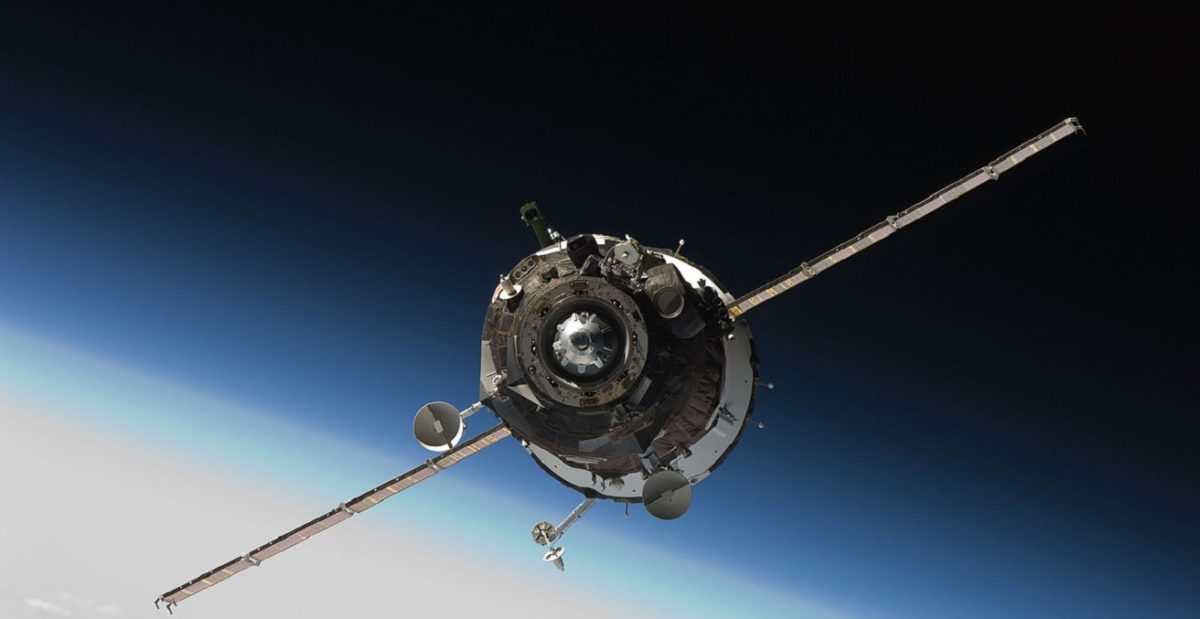https://www.pv-magazine-australia.com/2022/11/25/the-new-space-race-heating-up-between-china-and-us/
The new space race heating up between China and US

Image: Australian Institute of International Affairs
From Australian Institute of International Affairs
Space-based solar power (SBSP) refers to orbital systems that collect and harvest solar energy using solar-powered satellites – enormous spacecraft with solar panels. Solar energy is converted into microwaves or lasers and then wirelessly transmitted via high-frequency radio waves to a fixed point on earth throughout the day. Once on the ground, a rectenna (a ground antenna) converts the electromagnetic energy into electricity and delivers it to the power grid for energy consumers. The main benefit of SBSP is its higher energy collection. As SBSP is unaffected by weather or time of day, it could provide clean, reliable, and more efficient energy for satellites, people living in remote communities, and disaster-hit areas worldwide.
The concept of collecting solar power in space is not new. However, in recent years, there has been growing interest in developing SBSP partly due to pressure to meet national and international climate-related goals and achieve national space plans.
While China, the US, Japan, India, Russia, United Kingdom, and the European Union are in the new space energy race to develop SBSP first, the two leading countries in this competition are the US and China.
China
In recent decades, China has become increasingly interested in SBSP and appears to be the leader in this area. In 2008, SBSP was listed as a key research program. In March 2016, Lieutenant General Zhang Yulin, a national lawmaker and deputy chief of the armament development department of the Central Military Commission, stated that China would make use of the space between the earth and the moon for solar power and other industrial development purposes. Zhang further linked SBSP to China’s national goals, declaring, “The earth-moon space will be strategically important for the great rejuvenation of the Chinese nation.”
In February 2019, construction of a CN¥200 million (USD 28.4 million) testing base commenced at Bishan District in Chongqing, Sichuan. China Academy for Space Technology vice president Li Ming stated that China expects to be the first to build a working solar power station in space with practical value. Currently, Chinese scientists expect to construct small-to-medium-sized solar power stations to be launched into the stratosphere to produce electricity between 2021 and 2025 and build a megawatt-level SSPS in 2030.
In June this year, China announced it would launch an ambitious space solar power plant program in 2028, two years ahead of the original schedule. During the same month, researchers from Xidian University in Xi’an successfully tested a 75-meter-high steel structure to divert solar power from outer space.
The United States
Although the National Aeronautics and Space Administration (NASA) began researching SBSP technologies after the Apollo Program, which ran from 1963-1972, the enormous projected costs meant that this idea was not pursued. Nonetheless, there has been renewed interest in SBSP over the past few decades, including at NASA. The United States Space Force has also expressed interest, while the US Department of Defense is researching SBSP for military purposes.
There is also interest in SBSP at American universities. In 2013, the California Institute of Technology established the Space-based Solar Power Project after a donation of over USD 100 million. Last year, the university announced plans to launch an SBSP test array by 2023.
Implications and challenges
Once considered too expensive, today it is only a matter of time before SBSP is achieved, potentially creating a new age in clean energy.
This could further result in opportunities for collaboration as well as assist deep space exploration programs and provide an energy source for moon bases and lunar surface operations. SBSP and space energy may also become key in what economist Dr Pippa Malmgren calls “space-based solutions to earthbound problems.”
For instance, the resiliency of SBSP means that it could be used as a back-up energy source in the case of power shortages, blackouts, or attacks on energy infrastructure.
However, developing SBSP is not without technical and non-technical challenges. One of the main challenges is the cost barrier, including manufacturing, transportation, and the potential need for significant investment into transmission infrastructure. Other challenges to consider are the efficiency of wireless power transmission, the vulnerability of solar panels to space debris, and the impact on the environment and people. Nonetheless, it is expected that the costs will inevitably decline given the increasing interest from private companies in this area and technological advances.
Currently, China appears to be progressing at a faster and more concerted pace. As the country is already a contender in the global clean energy race and harbours ambitious space plans, China could become the leading space power if it develops SBSP before the U.S. and the rest of the world. This could result in SBSP becoming an essential element of China’s Belt and Road Initiative, with Beijing offering this form of clean energy to other countries alongside present opportunities for greater economic development and connectivity.
In a broader context, the increased interest in developing SBSP and space-based energy may extend the current geopolitical domain of competition to geospacer dimensions. The growing rivalry between the U.S. and China on Earth has already resulted in competing plans to achieve scientific and economic hegemony in space, including for space energy, mining, manufacturing, and space-based weapons.
More importantly, perhaps, there is also the increasing militarisation of space due to competition for military dominance. Currently, China’s People’s Liberation Army (PLA) handles all space planning, with Beijing having already designated space as a military area. This adds to China’s 2019 White Paper, which emphasised a growing role in space for the PLA’s Air Force. A recent report also noted that China now has the technology, hardware, and knowledge to coordinate a war from space. To further support its space ambitions, China has increased the size of its total operational space fleets by around 70%.
The U.S.-China great power rivalry further adds to the militarisation of space, with both countries wanting to build lunar bases by 2027 (China) and 2025 (U.S.). Based on existing rivalry, competition between the countries to build bases on planets such as Mars is possible. In this context, it is not unrealistic to imagine that existing geopolitical and geoeconomic tensions on Earth will also be found in outer space, such as through exopolitics, or considered an extension of terrestrial activity.
Looking ahead
Despite the geopolitical climate and tensions between the U.S. and China, the recent release of NASA’s Moon to Mars Planning suggests we are another step further to living and travelling between planets, not unlike Gerard K. O’Neill’s idea of free-flying space colonies in space. Does this sound too futuristic? Watch this space.
Author: Genevieve Donnellon-May is a master’s candidate in Water Science, Policy and Management at the University of Oxford. She previously worked as a research assistant at the Institute of Water Policy, Lee Kuan Yew School of Public Policy, National University of Singapore, and at the Asan Institute for Policy Studies.
The views and opinions expressed in this article are the author’s own, and do not necessarily reflect those held by pv magazine.
This content is protected by copyright and may not be reused. If you want to cooperate with us and would like to reuse some of our content, please contact: editors@pv-magazine.com.



